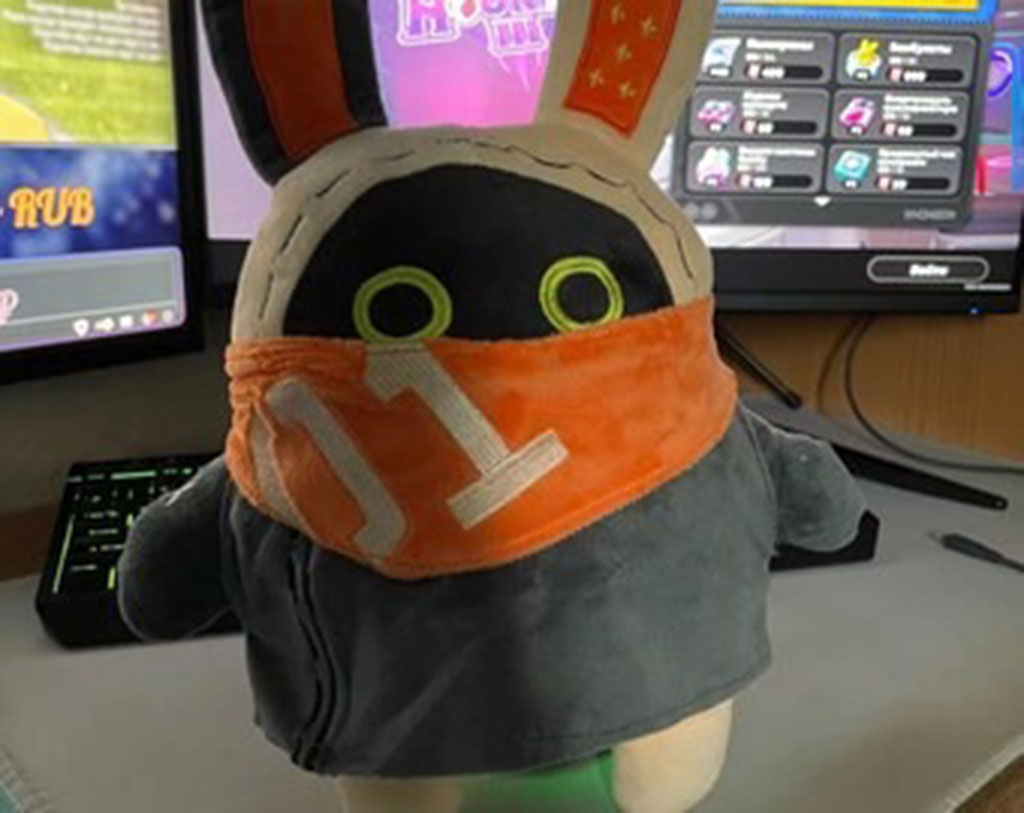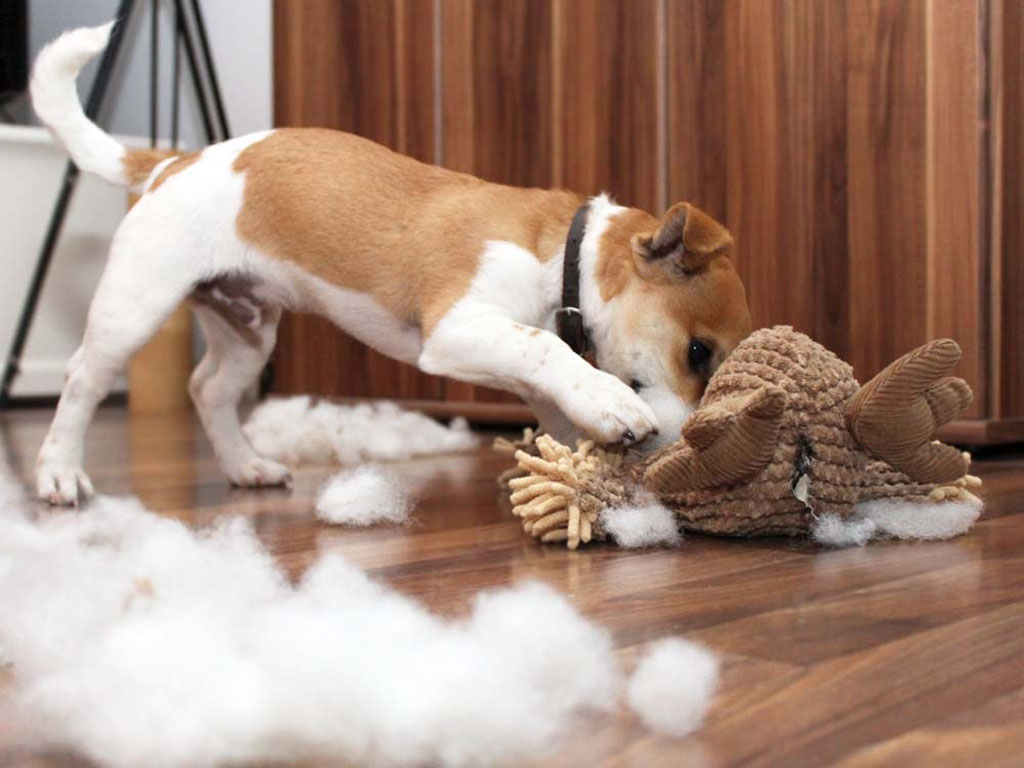By Amanda — Kinwin (OEM/ODM plush manufacturer; CE & ASTM ready). This is practical, non-legal guidance from the manufacturing side.
Stuffed animals begin with imagination, but once a sketch becomes a real product, intellectual property (IP) determines how safely you can scale. I’m often asked by buyers and designers: Can I copyright a stuffed animal? The short answer is yes—certain creative aspects can be protected by copyright, while other parts of your product are better covered by trademark or patent/design registration. Below, I’ll explain what’s protectable, how to register, how to prove originality, and how to reduce infringement risk when working with OEM/ODM partners.
What aspects of a stuffed animal design are eligible for copyright protection?

Copyright protects original artistic expression once it’s fixed in a tangible medium. In plush, that usually covers the creative look, not broad ideas like “a cute bear.”
What’s typically protectable:
- Distinctive stylization and proportions: the way the head-to-body ratio, muzzle size, or ear shape creates a unique “character look.”
- Original artwork on the surface: embroidery, appliqué, and printed graphics (patterns, facial art, markings).
- Character art files: concept sheets, turnarounds, and pattern drawings as pictorial/graphic works.
- Photography and packaging graphics created for the toy.
What’s usually not protectable by copyright:
- Functional or purely utilitarian features: internal gussets that only provide structure, safety seam placements, wash labels required by law.
- Generic elements used commonly in the category: a plain oval nose, basic round eyes, or a standard teddy silhouette, unless the arrangement itself is original.
Key idea: copyright guards your expression, not the idea of “bear,” “bunny,” or “puppy.”
Table 1 — Copyright Eligibility Snapshot (Plush)
| Element | Copyrightable? | Reason |
|---|---|---|
| Unique facial layout & stylized proportions | Yes | Creative expression in arrangement/ratio |
| Embroidery/print graphics (art files) | Yes | Pictorial/graphic works |
| 2D concept art & pattern drawings | Yes | Fixed original drawings |
| Functional seam map / stuffing chart | No | Primarily utilitarian |
| Generic “animal species” concept | No | Idea, not expression |
How does copyright law differ from trademark and patent protection in the toy industry?

Each IP tool protects a different asset. Strong plush strategies often combine them.
- Copyright protects creative expression (artwork, stylization, illustrations, pattern drawings). It usually arises automatically on creation; registration strengthens enforcement.
- Trademark protects source identifiers (brand name, logo, slogans, distinctive packaging/trade dress). It defends your brand identity, not the art itself.
- Design patent/registered design protects the ornamental appearance of a functional product (e.g., a novel plush silhouette).
- Utility patent protects functional inventions (e.g., an internal mechanism or innovative sound module).
Table 2 — Copyright vs Trademark vs Patent/Design (At a Glance)
| Tool | Protects | Plush Use Case | Typical Term* |
|---|---|---|---|
| Copyright | Artistic expression | Character art, prints, concept sheets | Life of author + decades (varies) |
| Trademark | Brand identity | Brand name, logo, trade dress | Renewable while in use |
| Design patent / Registered design | Ornamental shape | Novel plush silhouette/look | ~15–25 years (region-dependent) |
| Utility patent | Functional invention | Mechanisms/interactive features | ~20 years from filing |
*Exact terms vary by jurisdiction.
What steps are involved in registering a stuffed animal design for copyright?

Although copyright may exist automatically, registration (where available) gives you public record, eligibility for certain damages, and smoother enforcement.
Practical workflow I advise clients to follow:
- Fix the work: finalize concept sheets, vector art, pattern drawings, and take neutral-light photos of prototypes.
- Establish ownership: ensure freelancer/agency agreements include work-for-hire or assignment clauses transferring rights to your company.
- Prepare deposits: gather the specific images/files required by your copyright office (e.g., representative images of the toy + the underlying art).
- File the application: include author details, publication status, dates, and the deposit copies.
- Maintain records: keep dated drafts, email approvals, version histories, and sample labels tied to SKU/PO numbers.
Table 3 — Copyright Registration Checklist (Manufacturer-Friendly)
| Item | Why It Matters | Tip |
|---|---|---|
| Signed assignment/work-for-hire | Confirms your ownership | Execute before sampling |
| Dated concept & pattern files | Proves creation timeline | Use cloud storage with audit logs |
| Multi-view prototype photos | Shows protectable expression | Shoot front/side/back under neutral light |
| Deposit materials (per office) | Satisfies formalities | Export both vector and PNG/JPG |
| Certificate & receipts | Enforcement leverage | Link to SKU/collection master sheet |
How do manufacturers and designers prove originality in plush toy creations?

Originality ≠ “no animal ever drawn before.” It means independent creation with your own creative choices.
Ways we document originality at Kinwin:
- Process trail: sketches → digital linework → stitch/embroidery files → prototype photos, each with timestamps.
- Design rationale notes: why we chose specific eye spacing, muzzle width, or ear angle.
- Landscape scan: a quick comparison board to show we didn’t lift a known character’s signature layout.
- File metadata & emails: approvals and feedback history, tied to dates and team members.
If a dispute occurs, this evidence shows independent authorship and supports that any similarity is coincidental or driven by unprotectable category norms.
What are the risks of copyright infringement when producing similar stuffed animals?

Infringement risk rises when your product is substantially similar to another’s protectable expression. In plush, watch for:
- Signature facial geometry: eye/eyebrow spacing, mouth curve, and muzzle shape that together read as a known character.
- Distinctive surface art: copied embroidery icons, print motifs, or color blocking.
- Iconic silhouette + costume set: a combination that consumers instantly link to a specific IP.
How we reduce risk with clients:
- Alter the constellation: change at least three major anchors (silhouette, facial ratios, graphic motifs).
- Rebuild art from scratch: new vector layers, new stitch maps, new colorways (avoid tracing).
- Rename & rebrand: don’t use similar names, taglines, or trade dress.
Table 4 — Infringement Risk Radar & Mitigations
| Risk Signal | Why It’s Risky | Mitigation |
|---|---|---|
| Face reads like a famous character | “Substantial similarity” to protectable expression | Redesign eye spacing, mouth geometry, muzzle |
| Copied embroidery emblem | Direct copy of graphic art | Create new original emblem/marking |
| Look-alike costume/colorway | Implies affiliation/licensing | Build a fresh palette & outfit |
| Similar name/logo/trade dress | Trademark confusion | Clear new brand & register marks |
How can OEM & ODM agreements protect intellectual property in plush toy manufacturing?

Contracts are your frontline IP defense. In OEM/ODM, clarity prevents missteps.
Crucial clauses to include:
- Ownership & license: who owns artwork, patterns, and 3D files; scope of the manufacturer’s license to make goods for you only.
- Confidentiality & non-use: factory and any subcontractors cannot reuse your art or patterns.
- Exclusivity (if paid for): define SKUs, territories, and term; add performance triggers.
- Inbound IP warranties: you warrant you own/sublicense the inputs; factory warrants originality for any ODM contributions.
- Infringement response: takedown/rework protocol, timing, and commercial remedies.
- Tooling/pattern custody: who holds patterns, access rules, and destruction/return on termination.
Table 5 — OEM/ODM IP Clause Builder (Plain-English)
| Clause | What It Protects | Practical Tip |
|---|---|---|
| Ownership/Assignment | Final art, patterns, files | Cross-reference PO/SKU |
| NDA & Non-Use/Non-Disclosure | Designs, pricing, client lists | Extend to sub-suppliers |
| Exclusivity | Category/region lock | Add volumes or timelines |
| Warranties/Indemnities | Rights to supplied assets | Commercially cap liability |
| Takedown Protocol | Fast reaction to claims | 48–72h action window |
| Tooling/Pattern Custody | Control over masters | Inventory at each reorder |
What global differences exist in copyright protection for stuffed toy designs?

Core principles are shared, but filing mechanics, evidence rules, and remedies differ:
- United States: Registration enables certain damages; design patents protect ornamental shape; trade dress can cover distinctive packaging or product appearance if it indicates source.
- European Union: Registered Community Design is strong for shape; Unregistered Community Design gives short-term protection after first disclosure; copyright standards vary by member state.
- United Kingdom: Copyright plus registered/unregistered design right for 3D forms; clear guidance on product appearance.
- Japan: Copyright plus Design Act registration for product designs; robust enforcement culture for brands and characters.
- China: Copyright available; design patents and trademarks are often primary tools; register early, maintain dated evidence, and specify IP in OEM/ODM contracts.
Best practice: register what matters (artwork, brand, and—if novel—shape/design) in the regions you plan to sell, and align your contracts and labels with those jurisdictions.
Conclusion
Yes—you can copyright aspects of a stuffed animal, especially the artistic expression in its face, styling, and graphics. Combine copyright with trademark (your brand) and, where appropriate, design/utility protection for shape or mechanisms. Then lock it all into OEM/ODM agreements, keep clean creation records, and run similarity checks before launch. That’s how we help clients scale safely from concept to global retail.
If you want help documenting originality, preparing clean tech packs, or manufacturing under strict confidentiality, I’m here to support your next launch.
Contact me at [email protected] or visit kinwintoys.com to plan an IP-safe plush program.







